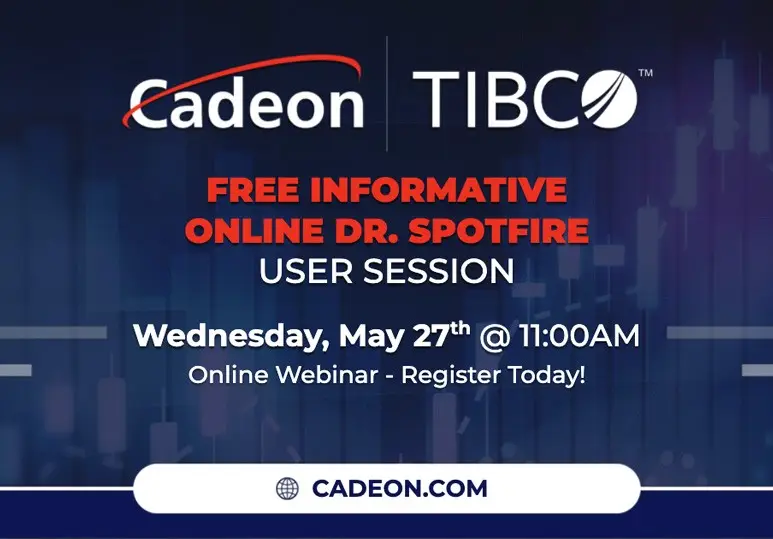Cadeon has been partners with Attivio for close to 8 years. Each day, month and year, we continue to believe this is a critical missing piece of most organizations. The unstructured data if you will, that tells the ‘Why’ and ‘How’ things happened. Analytics and basic data that comes from the Structured data only tell you the ‘What’ of what happened with your data. Below you can read a blog post from Attivio Cognitive Computing and how to avoid some common pitfalls.
Why Do So Many Cognitive Computing Initiatives Fail?
At the 2107 Sohn Conference, Social Capital CEO and founder Chamath Palihapitiya declared, “Watson is a joke, just to be completely honest.” Of course, this quote got a lot of play. But another quote from the same interview is actually more revealing about why so many cognitive computing initiatives eventually circle the drain — and why they take so many resources with them. Palihapitiya noted, “I think what IBM is excellent at is using their sales and marketing infrastructure to convince people who have asymmetrically less knowledge to pay for something.”
In terms of cognitive search, IBM has the lion’s share of failures at this point, so it’s easy to throw stones at them. And, since they approach cognitive search as a services engagement, the reasons behind the failures are instructive.
Too Big a Toolbox
IBM has bought a lot of companies in the cognitive computing space over the last five to seven years, so they have a giant toolbox — maybe too big. Three or four search engines and ditto for text analytics technologies. Every time they enter an engagement, they must stitch together a solution from scratch: the right search engine, text analytics engine, big data stack, analytics front end, and so on. Then they must try to make it all work. It can take a long time just to get the system to the starting line.
By contrast, Attivio’s cognitive search platform is engineered top to bottom to work together. It can be installed quickly and start delivering value almost at once. Not a year down the road. We start with high-quality base functionality and good generic models. Then we tune the system to learn in place from day one and it just keeps getting smarter. It’s a fallacy that cognitive computing systems only work after a prolonged period of training.
No Smoke and Mirrors
If your cognitive search vendor can’t show you value within at most a 12-month window, run away. Every Fortune 500 or Global 2,000 company doesn’t need to bring in an SI, plus IBM and a $40 million dollar budget, to realize value from cognitive search.
It doesn’t make sense. It’s a myth. It’s smoke and mirrors that people are buying because they don’t know any better. Attivio can show value in just days.
But the myth persists. We’ve had companies tell us that if a software initiative doesn’t have an Accenture or a PwC attached to it and a 30 million+ dollar budget that it won’t gain any credibility from the management team. And that’s because executives in corporate America have been conditioned for decades to think if it doesn’t look like that, it can’t be any good.
With a global SI, just pulling together an RFI and RFP and going through bake-offs can be a nine-month, 10 million dollar exercise. And very often these projects do not deliver what’s been promised.
This has created opportunities for smaller, nimbler companies like Attivio that can deliver incremental, measurable results in a short time on which greater value can be built. Cheaper, faster, and better — with ROI now.
Connect with Cadeon to learn more about Attivio’s Cognitive Search and Insight platform, contact us.


